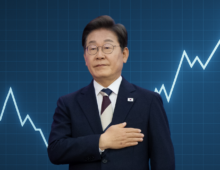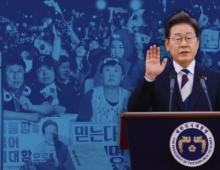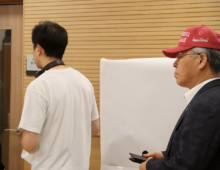Large firms face 10.2% rate increase while residential and commercial rates remain frozen
South Korea's state power utility announced an average electricity price increase of 9.7% for industrial users starting Wednesday, while freezing rates for residential users and commercial facilities such as restaurants. Large-volume industrial users will see a 10.2% increase, while SMEs mostly face a more modest hike of 5.2%. While primarily targeting the few large industrial users that account for more than half of total power consumption, government officials on Wednesday defended the hike by noting that Korea's electricity rates in general rank low among OECD nations.
The move comes as the Korea Electric Power Corporation (KEPCO) grapples with around $147 billion in debt and around $30 billion in accumulated losses. Its selective increase, which will impact major technology and steel companies more heavily, is expected to generate a moderate level of additional annual revenue for the debt-laden utility.
South Korea's state power utility announced an average electricity price increase of 9.7% for industrial users starting Wednesday, while freezing rates for residential users and commercial facilities such as restaurants. Large-volume industrial users will see a 10.2% increase, while SMEs mostly face a more modest hike of 5.2%. While primarily targeting the few large industrial users that account for more than half of total power consumption, government officials on Wednesday defended the hike by noting that Korea's electricity rates in general rank low among OECD nations.
The move comes as the Korea Electric Power Corporation (KEPCO) grapples with around $147 billion in debt and around $30 billion in accumulated losses. Its selective increase, which will impact major technology and steel companies more heavily, is expected to generate a moderate level of additional annual revenue for the debt-laden utility.
Get your
KoreaPro
subscription today!
Unlock article access by becoming a KOREA PRO member today!
Unlock your access
to all our features.
Standard Annual plan includes:
-
Receive full archive access, full suite of newsletter products
-
Month in Review via email and the KOREA PRO website
-
Exclusive invites and priority access to member events
-
One year of access to NK News and NK News podcast
There are three plans available:
Lite, Standard and
Premium.
Explore which would be
the best one for you.
Explore membership options
© Korea Risk Group. All rights reserved.
No part of this content may be reproduced, distributed, or used for
commercial purposes without prior written permission from Korea Risk
Group.












